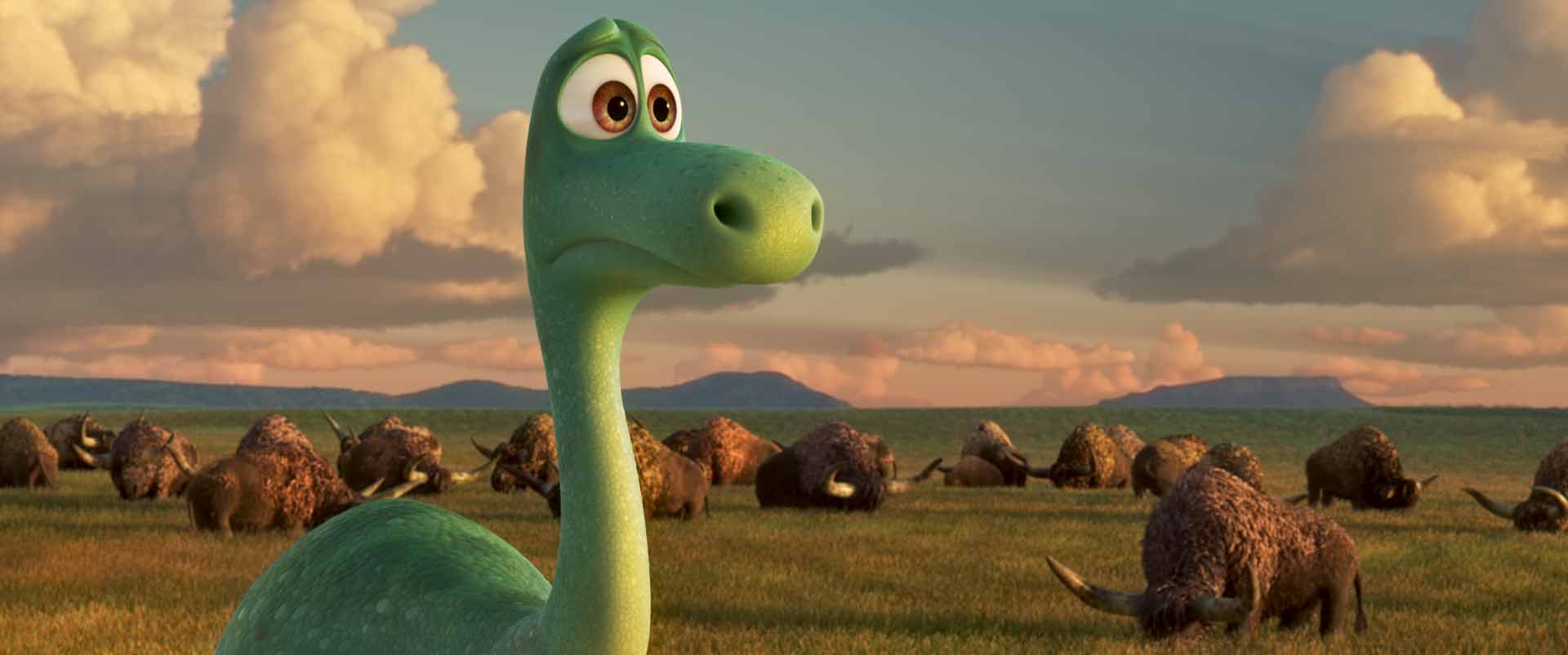Millions of years ago, our planet was dominated by giant lizards. Perhaps they would have remained here if not for one accident – the asteroid Chicxulub, which fell to the surface of our planet 65 million years ago. It was he, according to the results of the latest study, that caused the death of these prehistoric monsters.

But who else, besides dinosaurs, lived on Earth almost 200 million years ago?
In this article, we will answer the question above.
Fossils of these long-extinct relatives of mammals known to us were discovered in China and analyzed by an international team from the University of Chicago (USA) and the Natural History Museum of Beijing (China). After carefully studying the shape of the bones, paleontologist Zhe-Xi Luo of the American University and his colleagues concluded that agilodocodon and docofossor coexisted with dinosaurs 160 million years ago.

More than 150 million years ago, the Australian echidnas and platypuses known to everyone today appeared. They are a transitional link between reptiles and other mammals. The Australian echidna belongs to the species of egg-laying mammals, which, to put it mildly, is not very common. The Australian echidna was first described in 1792 by zoologist George Shaw, who described the platypus a few years later. However, due to the long body of the animal, Shaw first thought that the Australian echidna was related to the anteater.

Only 10 years later, anatomist Edward Home discovered a common feature in echidna and platypus – the cloaca, into which the intestines, ureters and genital tract open. On this basis, a detachment of monotremes was subsequently distinguished.

